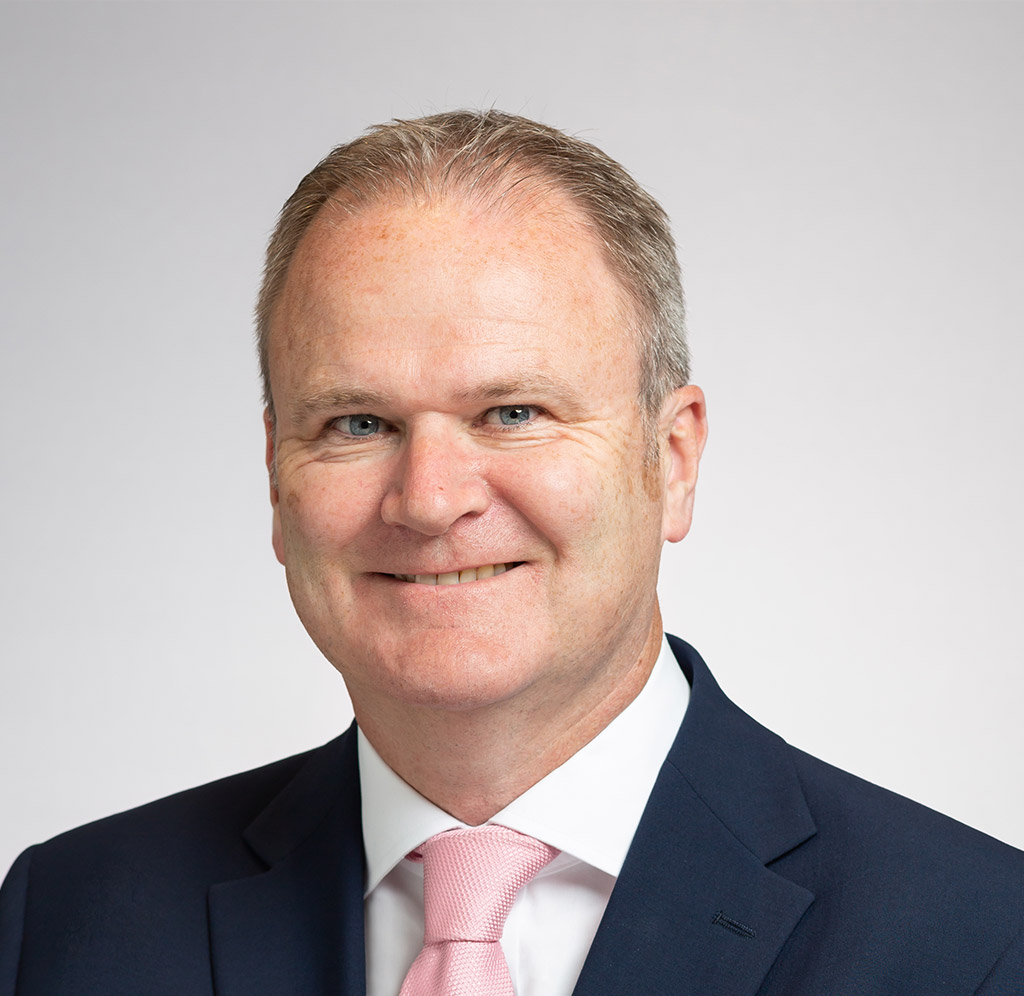
The Charity Commission must close the investment guidance gap
Charity Commission analysis
3 min read
Following on from the Butler-Sloss High Court case last year and concluding a process that began a few years ago, the Charity Commission for England and Wales has now published their revised guidance for investments, known as CC14.
To support charities, we have summarised the guidance below, but you can read the full Investing charity money: guidance for trustees (CC14) published on the Charity Commission's website here.
Although many readers will find the content of large parts of the guidance familiar, it has been billed as a complete redraft and it seems that the Commission has used the time to fundamentally rethink how they communicate with Trustees. Aimed at making the guidance clearer and easier to use the revised version comes in at less than half the length of the previous version with a much greater focus on the use of plain English.
So what has changed? Perhaps the biggest development and the one which was trailed in a blog post by Paul Latham, Head of Communications & Policy at the Commission in April is the change around ethical or responsible investment. Previously the guidance used the term ‘ethical investing’ and set out three tests that Trustees should consider before ethically screening potential investments. These were around identifying conflicts with objects, the potential to lose support if the charity didn’t invest ethically and ensuring no significant financial detriment. This guidance stemmed from the previous time that the High Court considered the subject in what was known as the Bishop of Oxford case back in 1992.
The new revised guidance seeks to incorporate the findings of the more recent Butler-Sloss high court case as well as to modernise the Commission’s approach. In recent years a plethora of new approaches have been developed including ESG, engagement and impact investing which made the previous focus on ethical investing seem outdated. In addition, the investment industry has promoted a range of terms, such as responsible and sustainable investing, which are sometimes used in different ways by different providers and thus could cause confusion.
The Commission has wisely decided not to take sides in the debate around terminology and so the words ‘ethical’ and ‘sustainable’ fail to appear in the new guidance – ESG does sneak in (once) and the word responsible appears only in its meaning to be accountable. This is not to say that the guidance ignores the area entirely. Rather, the commission has outlined two approaches, financial investment and social investment. Financial investment can include a range of approaches including negative screening, integrating ESG factors and engagement as well as a traditional focus on financial returns only. Social investment meanwhile is one in which the objective is to help achieve the charity’s purpose directly through an investment as well as make a financial return.
Echoing the findings of the Butler-Sloss case, the three tests that appeared previously have disappeared and Trustees are instead instructed to comply with their duties including the need to act in the best interests of the charity, and to balance the potential benefits of any approach with any risks it brings to your charity. This less prescriptive approach is to be welcomed given the flexibility that it provides though we would remind Trustees of the need to document their discussions in case any evidence was ever required in the future.
Apart from this, much of the guidance will be familiar to those who have read it in the past. Trustees should still consider the suitability of any investment, the need to diversify and the requirement to take advice unless there is a good reason not to do so. There is still a requirement to draft an Investment Policy Statement and much of the guidance around its content is similar to what was included in the past. The new guidance is still worth a read however, as there are some other changes, and not least to refresh Trustees of what is expected of them.
It is always good practice to review your Investment Policy on a regular basis, which is reaffirmed in the guidance, and we feel that this is a good opportunity to do so. If we can be of any assistance with your review then please don’t hesitate to contact your usual advisor or Mark O’Connor, our Business Development Director, via the details below.
If you would like the opportunity to put your own questions about the guidance to the Charity Commission then Paul Latham, Head of Communications & Policy at the Commission is a keynote speaker at our next annual Charity conference on the 4th of October. To attend or to watch remotely, please register.

My role as Business Development Director Charities is to help ensure that Investec best serves the needs of charities. The key to this is listening and really understanding their needs. While charities often have similar investment requirements, each is unique and will have particular needs that are important to them. We discuss these needs with our investment team, who can then develop a bespoke solution for each charity.

Charity Commission analysis
3 min read